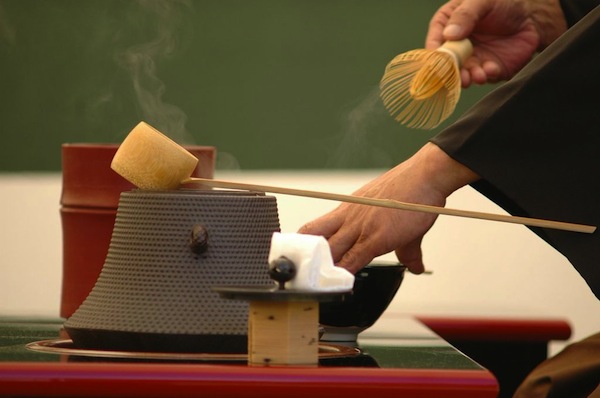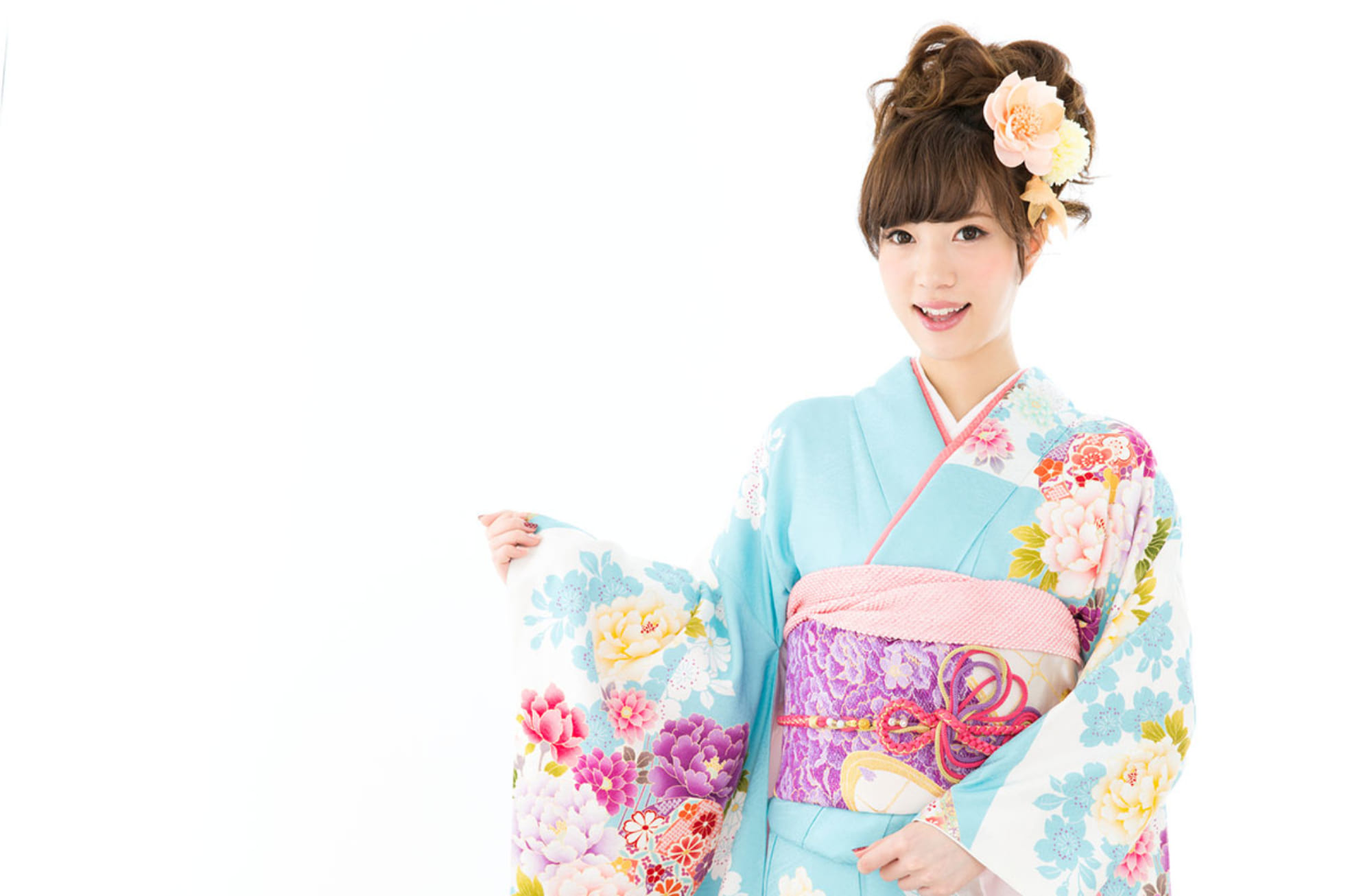
Ancient clothes
The oldest material about Japanese history is Gishi Wajinden written at the end of the third century. And Japanese men wrapped cloth around their bodies and women wore kantoi (clothes with no sleeves) those days according to it. In Japan, traditionally cloth has been made by one person and the width of every piece of cloth is narrower than the width of the weaver’s shoulders. It’s unlikely that the width of the cloth which was made those days was wider than this, so it’s presumed that cloth of a narrow width was used at that time, too. They couldn’t make kantoi in the shape with a hole for a head with cloth of this width by cutting a part of the cloth for it out. So, it’s considered that two pieces of cloth were weaved together with only parts of them together as a hole for a head left undone. Also, it’s presumed that the first kantoi wasn’t weaved in parts for their underarms and it was clipped around their waist with a rope.
After that, they weaved pieces of cloth in parts for their underarms and attached sleeves shaped as pipes to the cloth to up the efficiency of warming and protection, but then it got to be difficult to take off and put on the clothes in the style of kantoi. So, it’s considered that they stopped weaving the clothes on the front and combined pieces of clothes and additional cloth. It’s said that this shape has become the original style of kimono which was made later.
